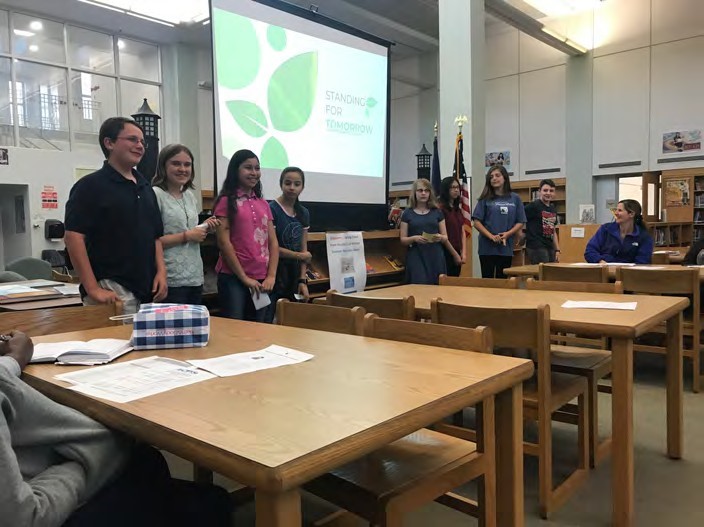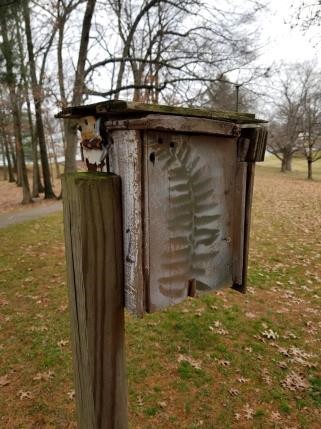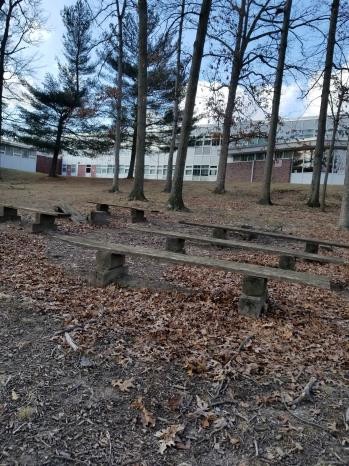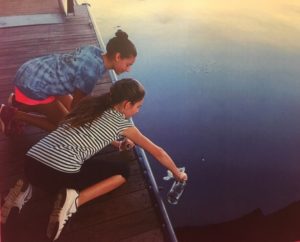2019, Alexandria, Virginia, USA

The presence of mold in educational facilities is a major threat to everyone who works or studies in these facilities. Using our data we add to the growing body of evidence of climate change. This evidence provides another opportunity to publicly demonstrate how youth are affected by this crisis. Using our voice as youth in order to impact a greater cause that not only affects one as an individual but the person’s friends and future students at the school allowed a personal side to a much larger issue. Supporting change through legal policy with scientific evidence learned in class as well as researched using skills studied in the Earth Force process empowered students scientifically and allowed for their growth.
The overall solution will be to work with local politicians to create a policy that protects students from the mold in public schools. This policy will force school boards to overhaul rules concerning mold in schools. The policy will also help to protect Alexandria’s art-deco style school buildings from rotting and deteriorating from the inside out.
 2019, Baltimore, Maryland, USA
2019, Baltimore, Maryland, USA





